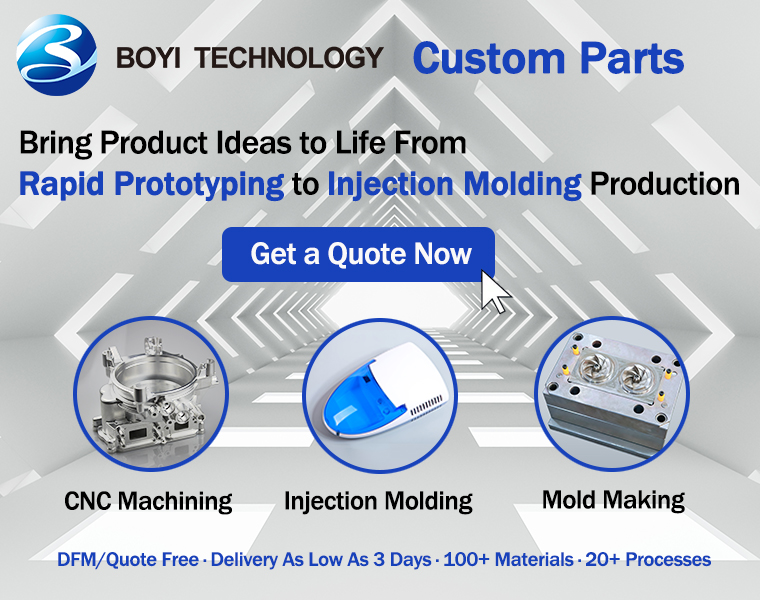 An inevitable part of owning and using technology is damaging technology. Just about everyone I know has a mobile phone, and just about everyone I know has broken or damaged a mobile phone at one time or another – maybe several times. We all have that one friend or relative who seems to post on Facebook about once a month: “Broke my phone, contact me on FB if you need me!” or “New phone again, please message me your numbers!” Mobile devices like cell phones and tablets are still frighteningly fragile, and can break even if we’re careful – I once saw a family member’s phone screen shatter simply because it got too hot outside.
An inevitable part of owning and using technology is damaging technology. Just about everyone I know has a mobile phone, and just about everyone I know has broken or damaged a mobile phone at one time or another – maybe several times. We all have that one friend or relative who seems to post on Facebook about once a month: “Broke my phone, contact me on FB if you need me!” or “New phone again, please message me your numbers!” Mobile devices like cell phones and tablets are still frighteningly fragile, and can break even if we’re careful – I once saw a family member’s phone screen shatter simply because it got too hot outside.
It’s expensive to replace a damaged phone, so a lot of people will make do with cracked screens for as long as they can, becoming remarkably adept at reading text messages between spiderwebby lines. There may come a time in the future, though – maybe not that far into the future – when we won’t have to worry about those cracked screens, because they’ll simply fix themselves. Researchers at the University of Melbourne are using 3D printing to develop a self-healing gel that could potentially be used as a coating for delicate devices like phones.
Self-healing materials are an intriguing development that 3D printing has allowed scientists to explore in depth, even adding characteristics such as conductivity. The research at the University of Melbourne was published in a paper entitled “The emergence of oxime click chemistry and its utility in polymer science,” which you can access here. Included on the research team is Dr. Luke Connal, whose work with advanced 3D printing materials we’ve seen before.
Technically, the work being done at the university falls under the category of 4D printing, as it involves materials that can change shape. The polymer ink takes the form of a gel, somewhat like toothpaste, which flows when pressure is applied – pressure, like, for example, being pushed through an extruder. Once the pressure is removed, it stabilizes. According to Dr. Connal, objects 3D printed with the material can heal cracks or even cuts in their surfaces, regaining their original strength.
 The gel is made from poly(hydroxyl ethyl methacrylate), which many types of contact lenses are made of. A dynamic covalent chemistry process is used to trigger the healing.
The gel is made from poly(hydroxyl ethyl methacrylate), which many types of contact lenses are made of. A dynamic covalent chemistry process is used to trigger the healing.
“This means we can form, break and reform chemical bonds,” Dr. Connal said. “When we can do this in a controlled and triggered manner we can manipulate the properties of the printed objects. We have instilled chemistry which is dynamic into this polymer. This means it strengthens the gel, but on a stimulus (for example a change in acidity) we can weaken the gel. And we reverse this – enabling healing of cracks in the material.”
That means that we may not be frantically protecting our phones from moisture and heat in the future – we may actually be purposefully exposing them to such conditions in order to trigger the healing process when our screens crack. According to Dr. Connal, there are a few challenges in terms of developing phone covers from the gel – especially in regards to maintaining touch screen capabilities – but that they could be “feasible in the near future.”
Other applications for the material could include the surfaces of cars (no more hiking up your insurance rates just to repair a scratch!) or even military applications involving camouflage. The team is working not only on increasing the strength and flexibility of the material, but on developing color-changing capabilities.
“We are working on this to develop adaptive camouflage materials,” Dr. Connal said. “We aim to have a 3D printable ink that can be printed by soldiers in remote locations that can change colour so they can blend into their environments. The 3D printing capability means the soldiers could travel with significantly less materials and only print what is required for the specific location…There is so much potential to develop new materials for 3D printing. It is a really exciting and rapidly developing area.”
Authors of the paper include Joe Collins, Zeyun Zhao, Markus Müllner and Luke A. Connal. Discuss in the Self-Healing Material forum at 3DPB.com.
[Source: University of Melbourne]
Subscribe to Our Email Newsletter
Stay up-to-date on all the latest news from the 3D printing industry and receive information and offers from third party vendors.
You May Also Like
3D Printing News Briefs, November 23, 2024: Formnext Awards, Batch Production, & More
We’re covering a variety of stories in today’s 3D Printing News Briefs, from the Formnext Awards to metal additive manufacturing for batch production and more. Read on for all the...
Formnext Day Three: Rock & Zoll
The biggest news on day three was, of course, the reactions to the band at the exhibitor’s party. The soirée was well attended, with the crowd rocking on until early...
Formnext 2024 Roundup: Pellet 3D Printing, Advanced Software, & More
Europe’s leading additive manufacturing trade show, Formenxt 2024, comes to a close today. There have been many product, material, software, and other business announcements during the event, and we’ll summarize...
Formnext 2024 Day Two: Stand Up
The complaints about the film The Longest Day being set on a beach in France pale in comparison to experiencing Formnext. By the second day, it already feels like the...






































